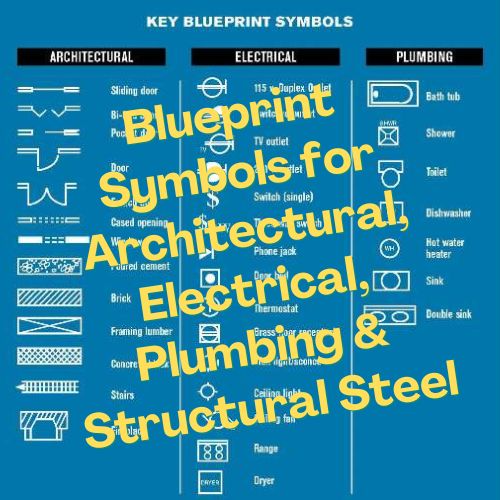Table of Contents
Records to be maintained at construction sites play important role in construction activities. It is a document required to prove any construction activity has taken place at the site during billing or any other claims.
These records have all the data of various construction activities carried out at the site. If any additional work has been carried out and it is claimed during billing, these documents need to be produced as a proof.
Maintenance of records also helps during audits of construction projects at any point of time. These documents help to defend any claims such as liquidated damages or false claims or violations of any guidelines by authorities or clients.

Following are the various records that need to be maintained at a construction site:
Contract Agreement:
Contract agreement documents including all sets of drawings, including amendments, a copy of the approval of municipality, corporation or urban development authorities need to be maintained at construction sites till the completion of construction projects. These documents provide permission and guidelines for all the activities carried out at the construction site.
Time and Progress Charts or CPM Charts:
These charts help in tracking the construction activities from time to time and help in effective planning, scheduling and controlling the construction projects activities. These charts need to be approved from the concerned authorities.
Work orders book:
All the orders given by clients to the contractors need be maintained with serial numbers, signatures, and dates. These orders should be specific for works. This order should also have a compliance column.
Works Diary:
Works diary of a construction project should indicate contract agreement number, the name of work, amount of contract, date of commencement of work, date of completion and extension time granted.
All the relevant details need be entered daily in the works diary. This diary serves as an authentic record. Following details need to be entered in this diary with due care:
- Weather at site
- Labors employed
- Important materials brought to the site with their approximate quantity
- Types of transport working at the site
- Types of tools and plants being used at the site
- Important items of works completed and passed on the particular date
- Visits of VIPs and their remarks if any.
Works Passing Records:
This record maintains all the activities to be carried out at construction site. It consists of an index page with details of all items of works to be done under the contract and other pages with details of the progress of each work. This helps in tracking the progress of each activity of construction and helps in pre-planning for other remaining activities which start after completion of the current activity. This also helps in acquiring approvals before the time for activities to be started.
Tests Results Record:
This is also an important record to be maintained at construction site as a proof for construction quality. This record consists of tests of various materials such as cement, sand, aggregates, water, steel reinforcement used at construction site, test records of concrete cubes, concrete cylinders, slump tests etc.
These records are arranged as an index page with details of each material, page numbers of records etc. An individual page consists of each material, with their test dates, results etc.
All the tests carried out at site or in laboratory are recorded in the record book. Some of the tests carried out at construction sites for civil works are:
- Cube tests for concrete work for each location or structural members.
- Sieve analysis of coarse aggregates, impact or abrasion tests.
- Sieve analysis of coarse sand for concrete works, masonry sands for masonry works, plastering and pointing works etc.
- Tests for impurities of aggregates and sands.
- Bulking of sand test for concrete and masonry works.
- Slump tests and compacting factor tests for concrete works.
- Crushing strength test, tolerance, water absorption test, efflorescence tests of bricks, stones or masonry work.
- Moisture contents of timber.
- Manufacturer tests report provided by the vendors for admixtures, reinforcing steels etc.
- And any other tests are required by the contract documents.
Cement Register:
This record is maintained with details of receipts, daily consumptions and remaining balance at site. This record also consists of manufacturing dates of cement, date of receipt and test reports of cement at site or manufacturers test reports.
Register for approval of Samples:
This record provides details of all the samples for construction materials that have been approved or rejected by the clients. Approval from the client is necessary for the construction materials to be used before the commencement of the project. All the samples approved by the clients need to be kept separately along with their tests reports with approvals of the clients and contractors till the completion of the work.
Records of Changes, Deviation orders and Amendments:
Many a time during the construction projects, there are deviations or changes or amendments to the contract documents and work activities from time to time during construction project as required by the clients. These changes can be in a drawing, specifications or additional works.
A record of all such deviation orders and amendments to contract agreement together with their financial effect should be maintained along with approval or signatures from the clients. If these changes involve in any extension of time of the contract, these should also be recorded.
Measurement Books:
The measurement book is a record for all the construction activities carried out and approved by the client. These records are important for a contractor to maintain and help during billing claims. Any extra work done is also recorded in this book with notes.
I hope this article will help you in your site in actual practice. You may also want to see my other post from my blog.
If you liked this article, then please help me to share this article with your friends through Facebook, Twitter, WhatsApp or Instagram. You can also find us on Facebook, Twitter, and Instagram.




